No heartbeat? No problem! Surgeons to try suspending patients between life and death
Joe Raedle/Getty Images

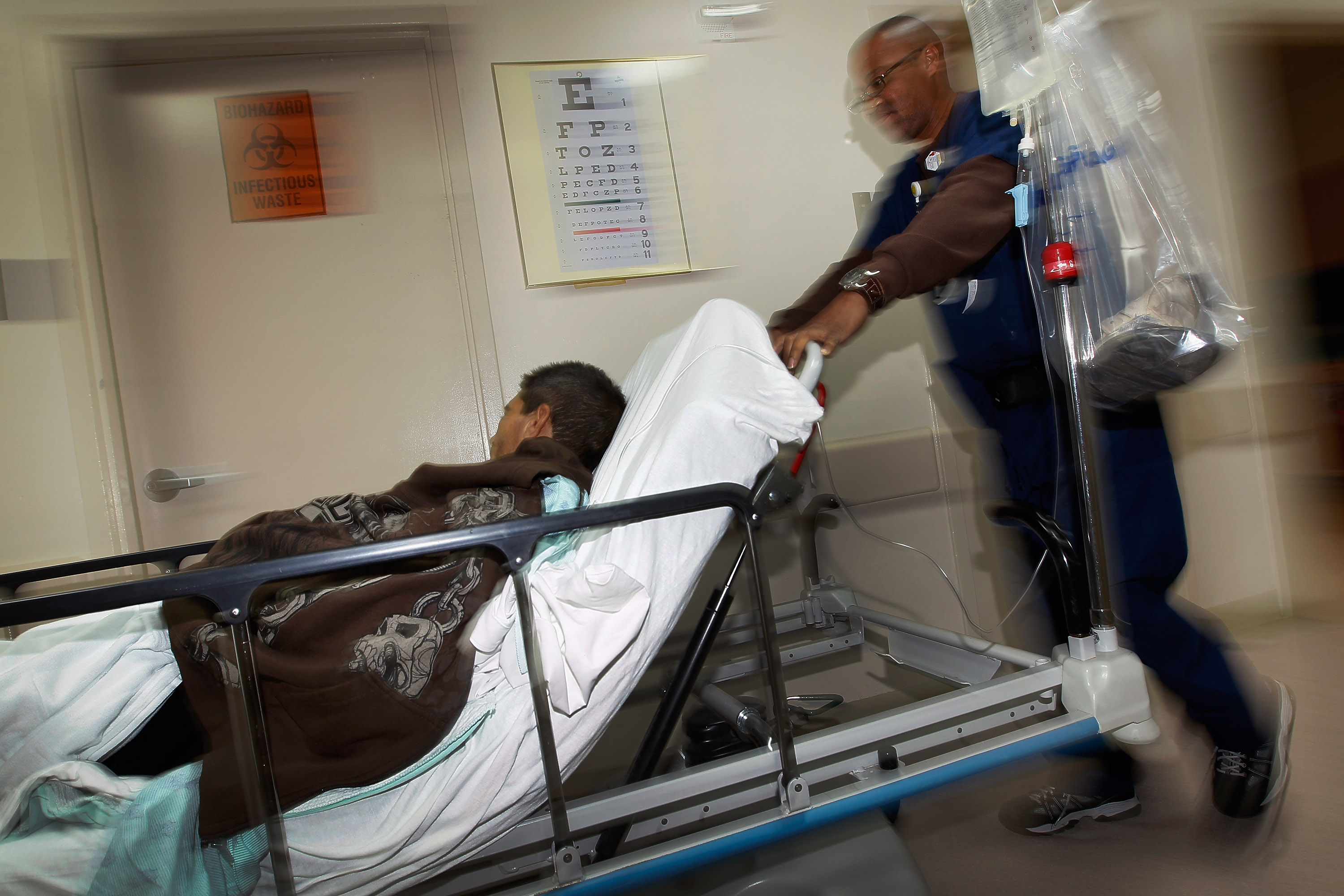
It sounds like something straight out of a futuristic movie: A patient comes into an emergency room with a severe gunshot wound, having less than a 7 percent chance of survival. To buy time for an extensive surgery, doctors quickly replace his blood with a cold saline solution that forces hypothermia and stops most cellular activity. Now that his body is sufficiently cooled and there is no breathing or brain activity, the patient isn't alive, but he's also not dead. He's in suspended animation — and this technique will soon be tried for the first time at UPMC Presbyterian Hospital in Pittsburgh.
"We are suspending life, but we don't like to call it suspended animation because it sounds like science fiction," Samuel Tisherman, the surgeon leading the Pittsburgh trial, tells New Scientist. "So we call it emergency preservation and resuscitation." Currently, the technique should buy the doctors just a few hours, but that period of suspended animation could be enough to save a life.
One of the surgeons who helped develop this method, Peter Rhee from the University of Arizona in Tucson, says he strongly believes in the power of suspended animation after seeing pigs make a full recovery in trials. "After we did these experiments, the definition of 'dead' changed," he tells New Scientist. "Every day at work I declare people dead. They have no signs of life, no heartbeat, no brain activity. I sign a piece of paper knowing in my heart that they are not actually dead. I could, right then and there, suspend them. But I have to put them in a body bag. It's frustrating to know there's a solution." Read more at New Scientist.
The Week
Escape your echo chamber. Get the facts behind the news, plus analysis from multiple perspectives.

Sign up for The Week's Free Newsletters
From our morning news briefing to a weekly Good News Newsletter, get the best of The Week delivered directly to your inbox.
From our morning news briefing to a weekly Good News Newsletter, get the best of The Week delivered directly to your inbox.
A free daily email with the biggest news stories of the day – and the best features from TheWeek.com
Catherine Garcia has worked as a senior writer at The Week since 2014. Her writing and reporting have appeared in Entertainment Weekly, The New York Times, Wirecutter, NBC News and "The Book of Jezebel," among others. She's a graduate of the University of Redlands and the Columbia University Graduate School of Journalism.
-
 Son arrested over killing of Rob and Michele Reiner
Son arrested over killing of Rob and Michele ReinerSpeed Read Nick, the 32-year-old son of Hollywood director Rob Reiner, has been booked for the murder of his parents
-
 Rob Reiner, wife dead in ‘apparent homicide’
Rob Reiner, wife dead in ‘apparent homicide’speed read The Reiners, found in their Los Angeles home, ‘had injuries consistent with being stabbed’
-
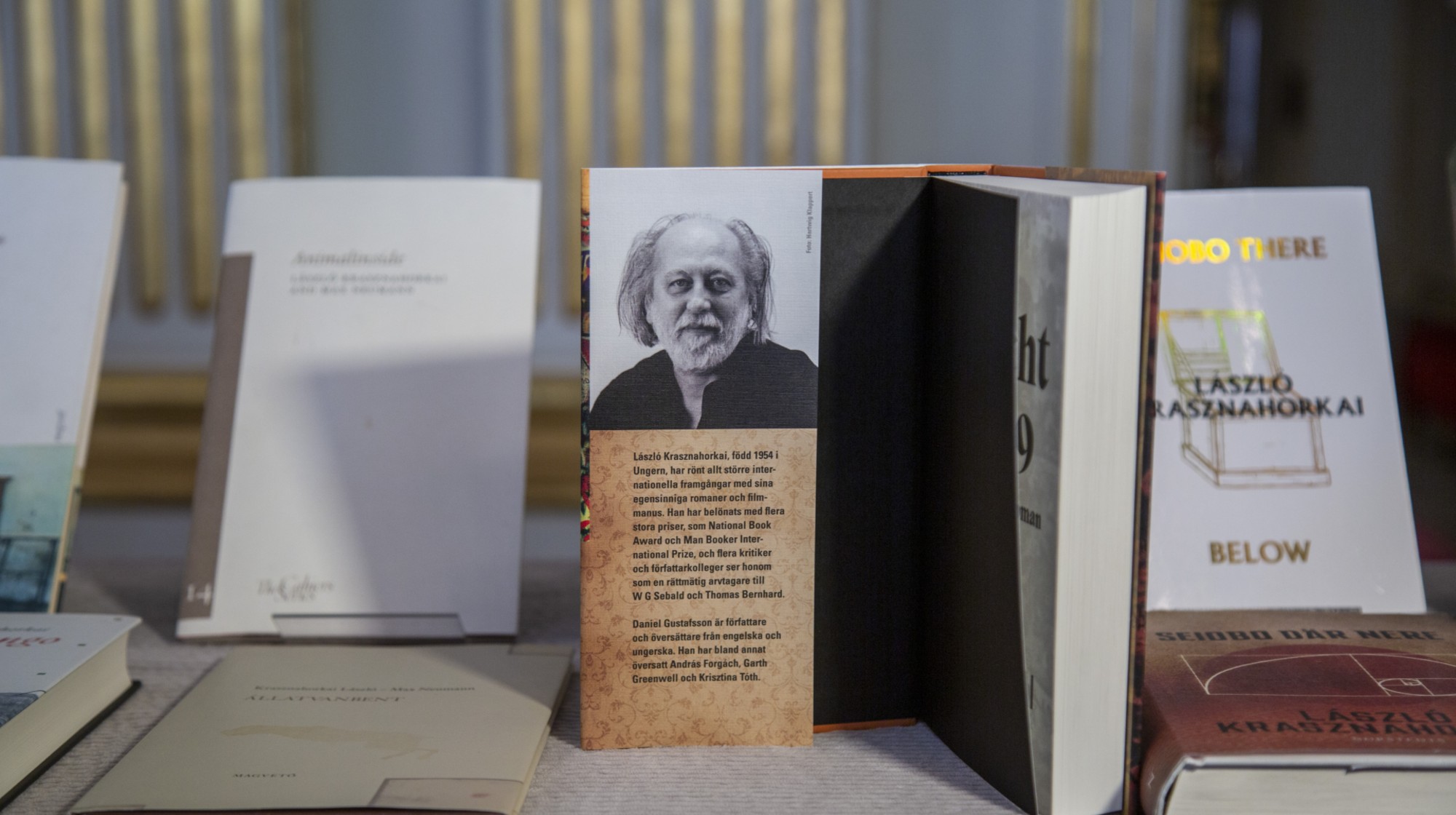 Hungary’s Krasznahorkai wins Nobel for literature
Hungary’s Krasznahorkai wins Nobel for literatureSpeed Read László Krasznahorkai is the author of acclaimed novels like ‘The Melancholy of Resistance’ and ‘Satantango’
-
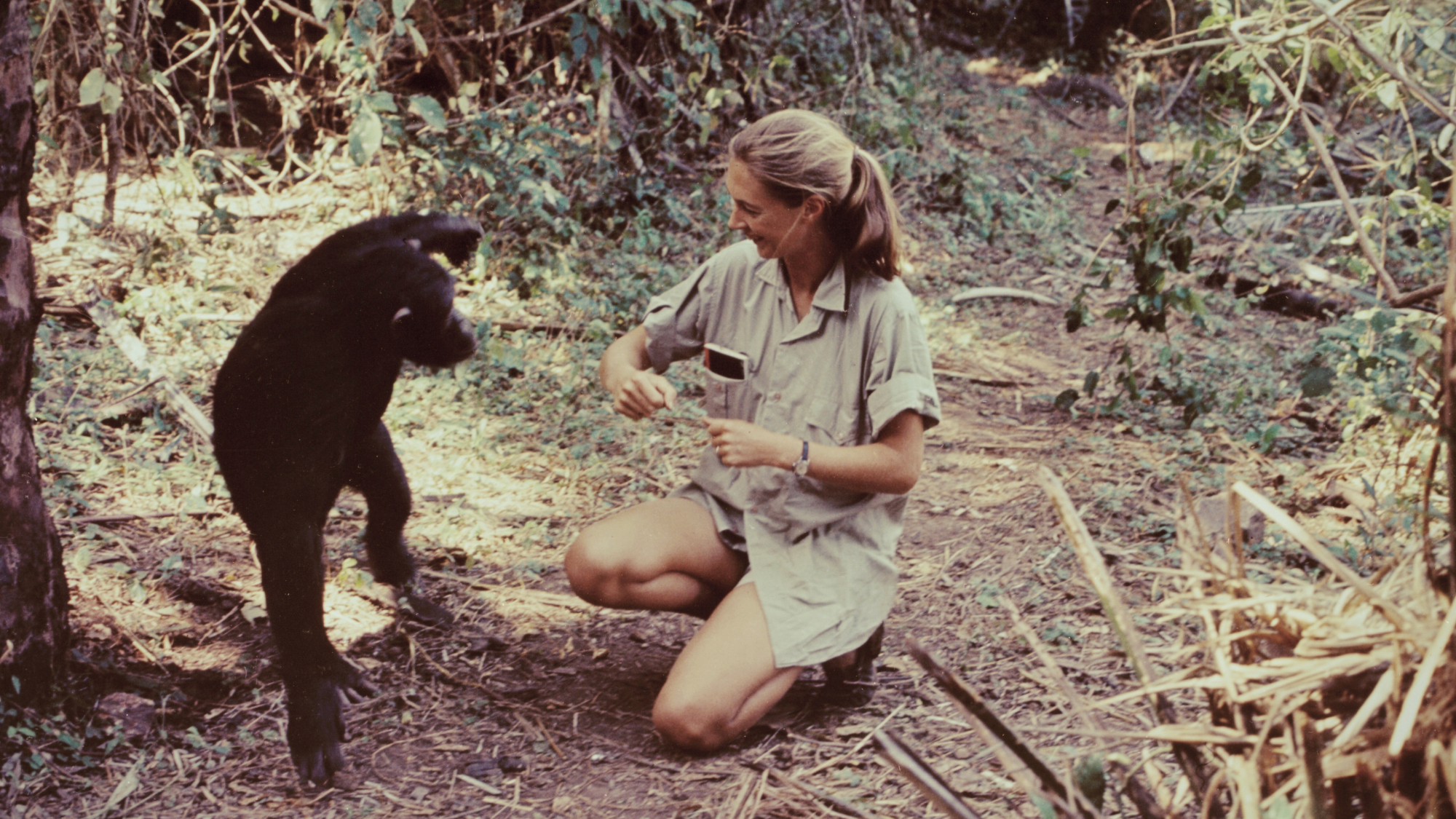 Primatologist Jane Goodall dies at 91
Primatologist Jane Goodall dies at 91Speed Read She rose to fame following her groundbreaking field research with chimpanzees
-
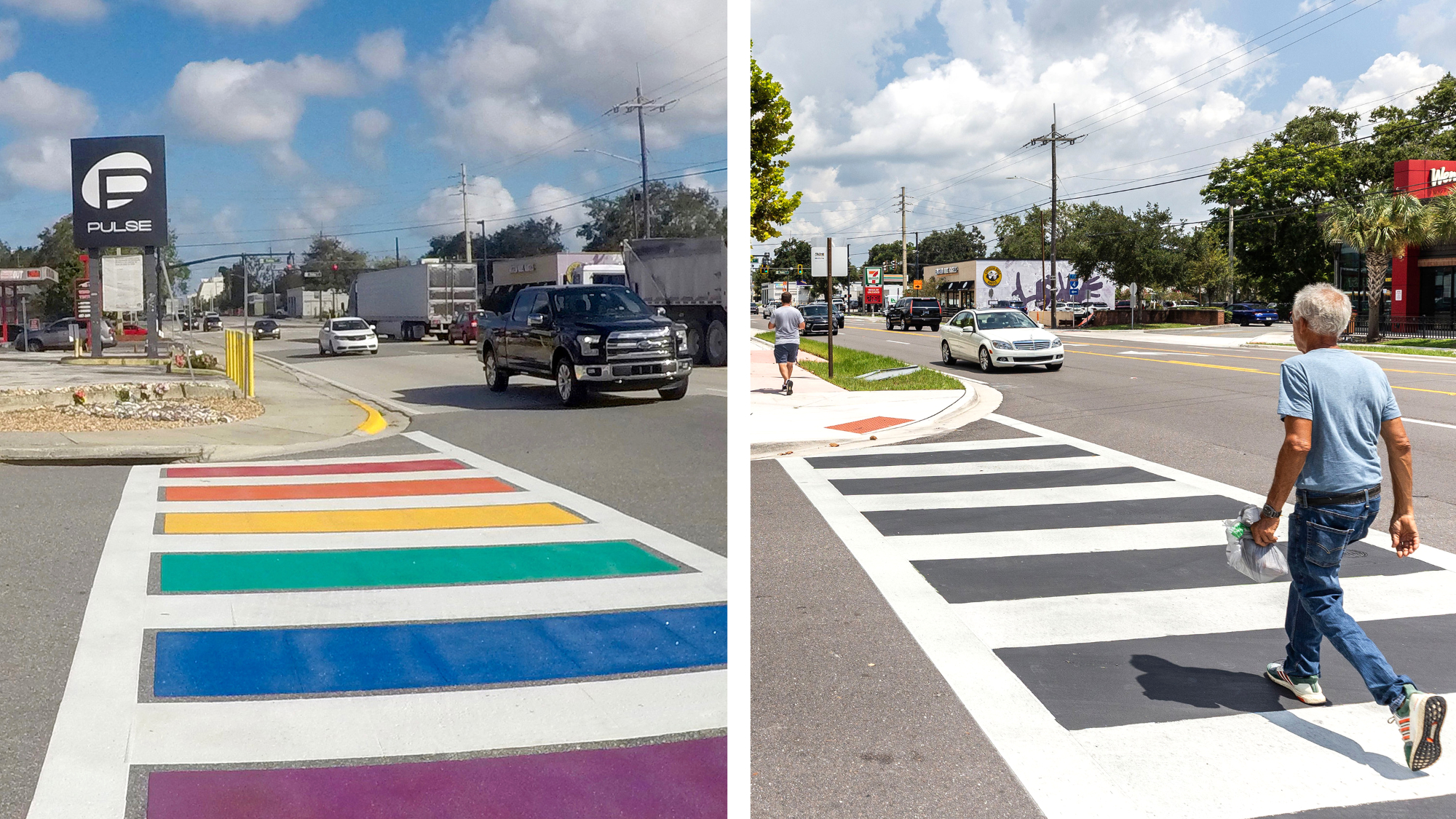 Florida erases rainbow crosswalk at Pulse nightclub
Florida erases rainbow crosswalk at Pulse nightclubSpeed Read The colorful crosswalk was outside the former LGBTQ nightclub where 49 people were killed in a 2016 shooting
-
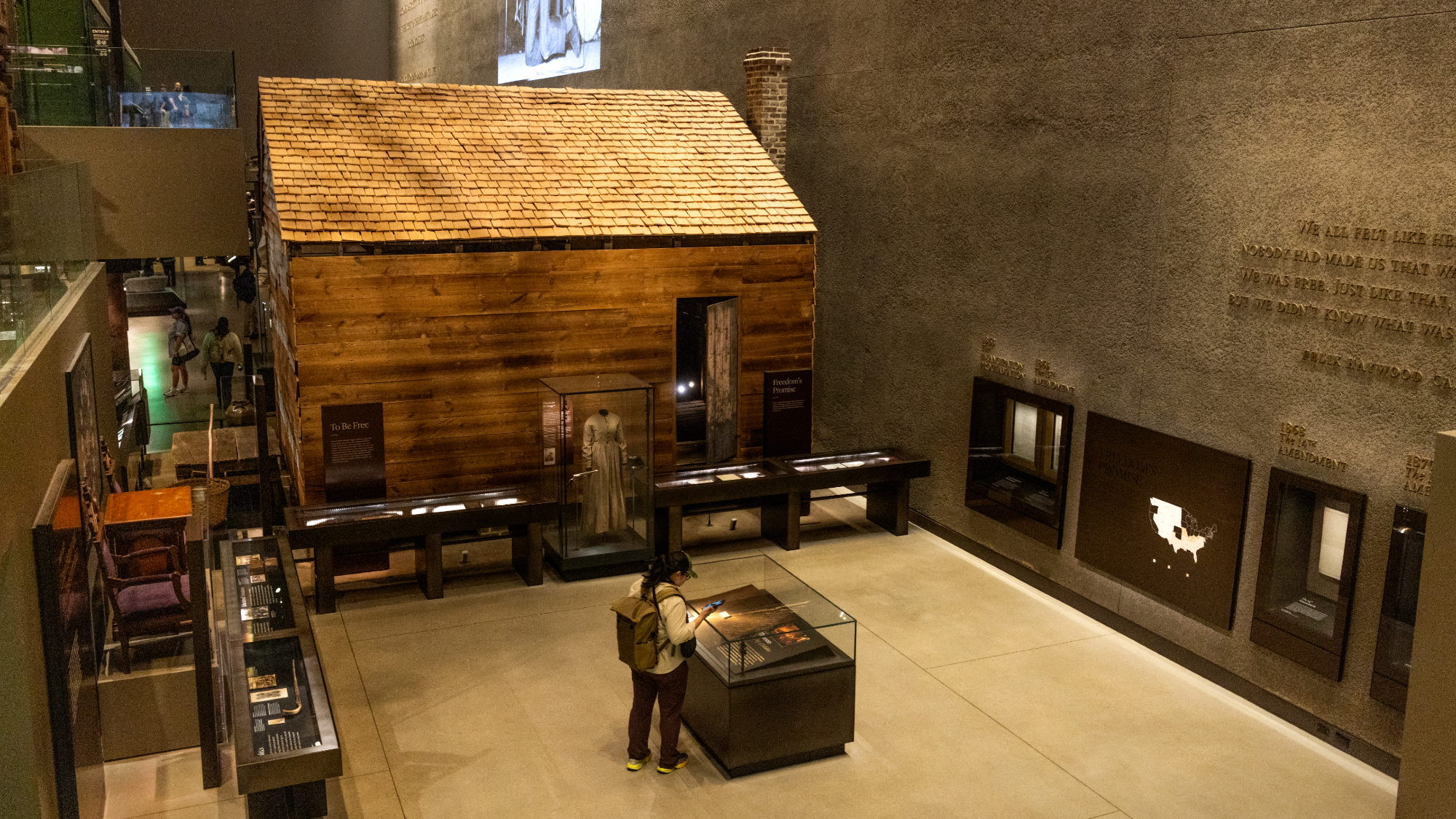 Trump says Smithsonian too focused on slavery's ills
Trump says Smithsonian too focused on slavery's illsSpeed Read The president would prefer the museum to highlight 'success,' 'brightness' and 'the future'
-
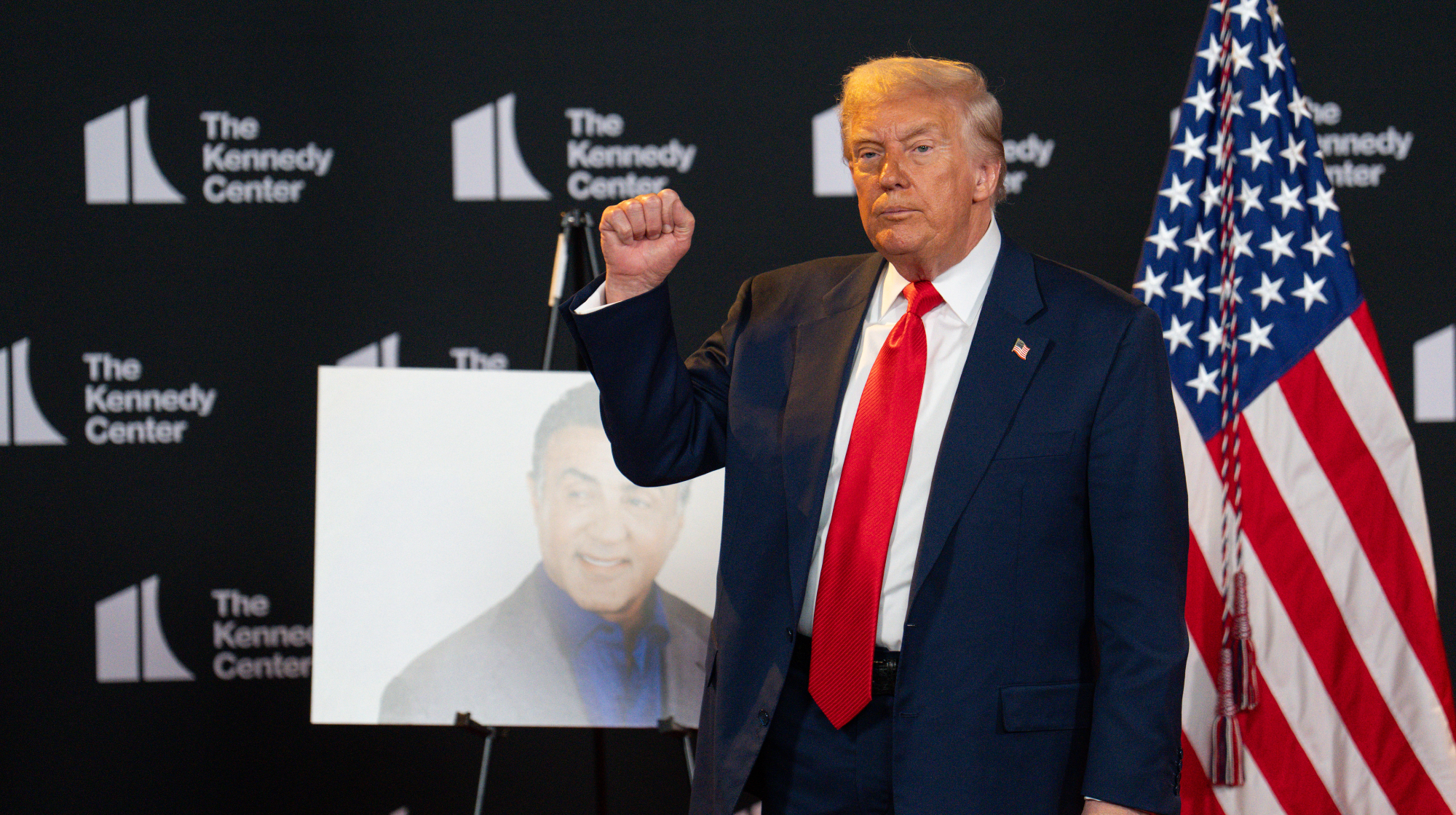 Trump to host Kennedy Honors for Kiss, Stallone
Trump to host Kennedy Honors for Kiss, StalloneSpeed Read Actor Sylvester Stallone and the glam-rock band Kiss were among those named as this year's inductees
-
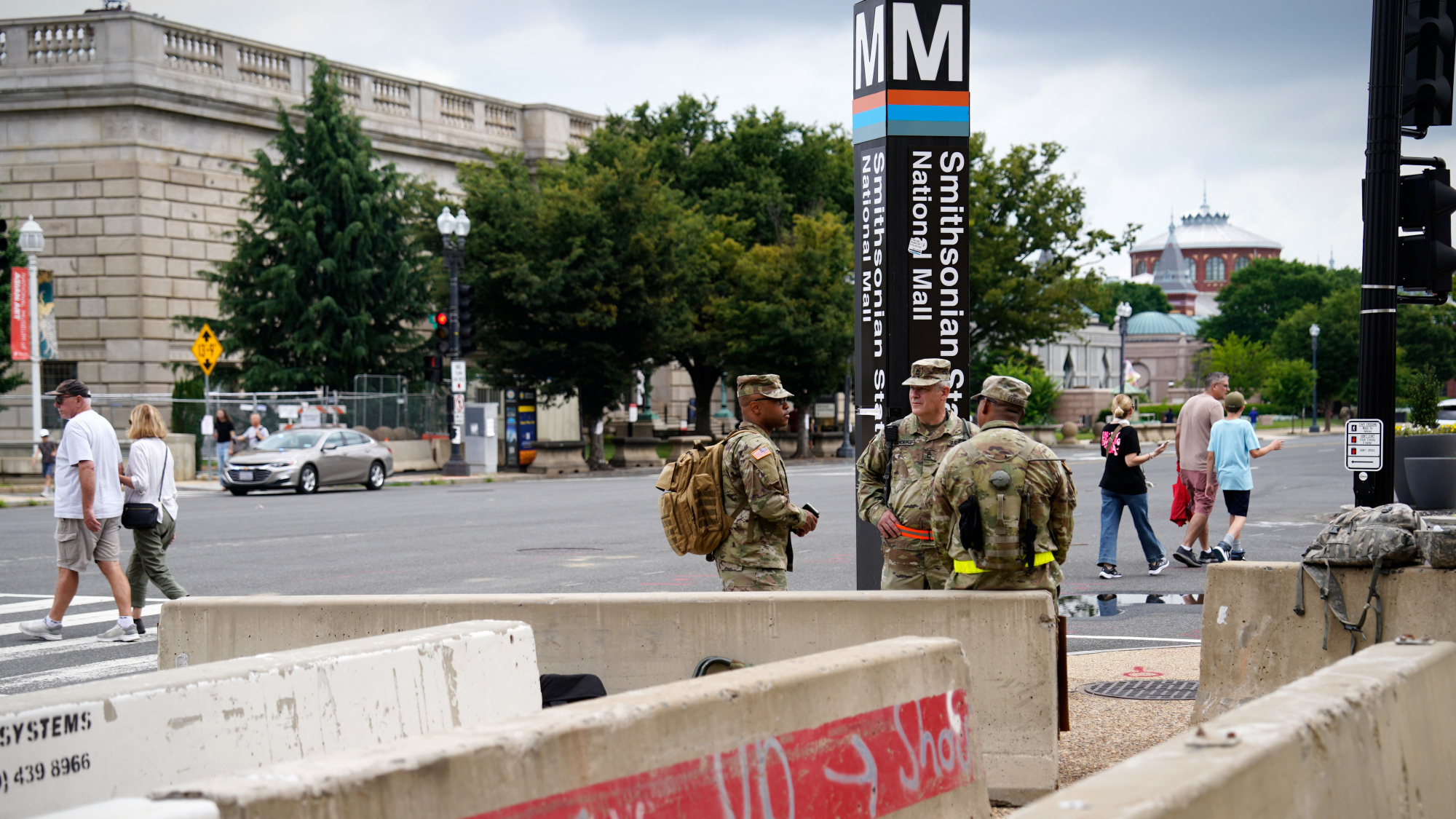 White House seeks to bend Smithsonian to Trump's view
White House seeks to bend Smithsonian to Trump's viewSpeed Read The Smithsonian Institution's 21 museums are under review to ensure their content aligns with the president's interpretation of American history



